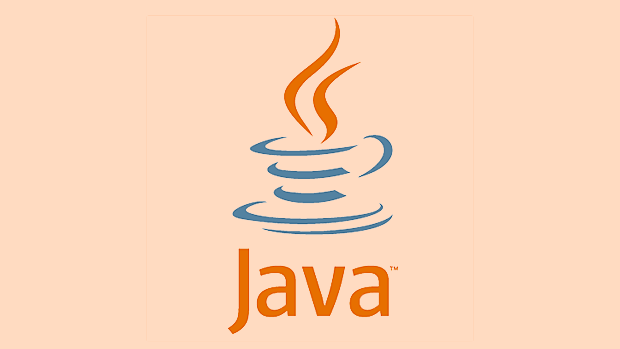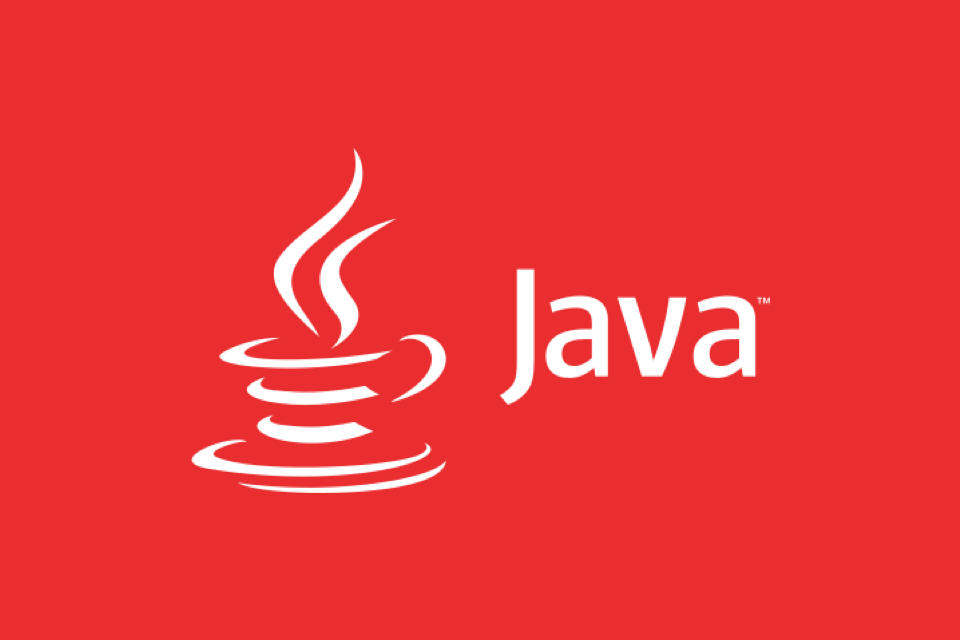Lambda expressions in Java are inline functions used with functional interfaces to make code cleaner. Introduced in Java 8, they allow treating functionality as a method argument. They simplify tasks like sorting, filtering, and event handling. To use them, match the lambda to a functional interface’s method signature. Built-in interfaces like Predicate, Function, Consumer, Supplier, and UnaryOperator support common operations. Lambdas work best for short logic; complex logic should be extracted elsewhere. 1. Use lambdas to reduce boilerplate code. 2. Apply them mainly with collections and streams. 3. Ensure compatibility with functional interfaces. 4. Prefer built-in interfaces or define custom ones with one abstract method. 5. Keep lambda expressions concise for readability and maintainability.

Lambda expressions in Java might seem a bit confusing if you're used to writing code the traditional way, but once you get the hang of them, they can make your code cleaner and more expressive. They were introduced in Java 8, and since then, they’ve become a standard part of modern Java development.

Let’s break down what you really need to know about lambda expressions — not just syntax, but how and why you’d use them.
What are lambda expressions?
In simple terms, lambda expressions are a way to write inline functions without having to define a whole separate method or class. They’re especially useful when working with functional interfaces (interfaces that have only one abstract method), like Runnable, Comparator, or custom ones you create yourself.

For example, before Java 8, if you wanted to run some code in a new thread, you'd do something like:
new Thread(new Runnable() {
public void run() {
System.out.println("Old way");
}
});With lambdas, you can shorten that to:

new Thread(() -> System.out.println("New way")).start();The key idea is:
- Lambdas let you treat functionality as a method argument
- You can pass behavior around like data
- It makes your code shorter and easier to read, especially with collections and streams
How to write a basic lambda expression
The general structure looks like this:
(parameters) -> { body }Here are a few variations:
No parameters:
() -> System.out.println("No args")One parameter:
x -> x * x
(Parentheses are optional for single parameters)
Multiple parameters:
(a, b) -> a b
What’s important is matching the lambda to the interface's method signature. For example, if you have a BiFunction<Integer, Integer, Integer>, the lambda should accept two integers and return an integer.
When to use lambda expressions
You’ll find yourself using lambdas most often in these situations:
Sorting lists with custom logic:
List<String> names = Arrays.asList("John", "Anna", "Mike"); names.sort((a, b) -> a.compareTo(b));Filtering or processing data with streams:
List<Integer> numbers = Arrays.asList(1, 2, 3, 4); List<Integer> even = numbers.stream() .filter(n -> n % 2 == 0) .toList();Implementing event listeners or callbacks in GUI applications:
button.addActionListener(e -> System.out.println("Button clicked"));Lambdas work best when the logic is short and self-contained. If it gets too long or complex, consider extracting it into a separate method or class.
Functional interfaces are required
You can’t use a lambda unless it matches a functional interface. That means the interface must have exactly one abstract method.
Java provides several built-in functional interfaces in the
java.util.functionpackage:-
Predicate<t></t>– takes one input, returns boolean -
Function<t r></t>– takes one input, returns result -
Consumer<t></t>– takes one input, doesn't return -
Supplier<t></t>– no input, returns value -
UnaryOperator<t></t>– takes one input, returns same type
So when you write a lambda like
x -> x > 10, it only works if the expected type is something likePredicate<integer></integer>.If you want to define your own functional interface, just make sure it has only one abstract method. Adding the
@FunctionalInterfaceannotation is optional but helpful — it tells the compiler to check that you’re not accidentally adding extra methods.
That’s the core of lambda expressions in Java. They’re not complicated once you understand how they match up with functional interfaces and where they fit naturally in your code. Keep using them in places like sorting, filtering, or event handling, and they’ll start to feel like second nature.
Basically, that’s all you need to get started.
The above is the detailed content of Java lambda expressions tutorial. For more information, please follow other related articles on the PHP Chinese website!
-

Hot AI Tools

Undress AI Tool
Undress images for free

Undresser.AI Undress
AI-powered app for creating realistic nude photos

AI Clothes Remover
Online AI tool for removing clothes from photos.

Clothoff.io
AI clothes remover

Video Face Swap
Swap faces in any video effortlessly with our completely free AI face swap tool!

Hot Article

Hot Tools

Notepad++7.3.1
Easy-to-use and free code editor

SublimeText3 Chinese version
Chinese version, very easy to use

Zend Studio 13.0.1
Powerful PHP integrated development environment

Dreamweaver CS6
Visual web development tools

SublimeText3 Mac version
God-level code editing software (SublimeText3)
 How to handle transactions in Java with JDBC?
Aug 02, 2025 pm 12:29 PM
How to handle transactions in Java with JDBC?
Aug 02, 2025 pm 12:29 PM
To correctly handle JDBC transactions, you must first turn off the automatic commit mode, then perform multiple operations, and finally commit or rollback according to the results; 1. Call conn.setAutoCommit(false) to start the transaction; 2. Execute multiple SQL operations, such as INSERT and UPDATE; 3. Call conn.commit() if all operations are successful, and call conn.rollback() if an exception occurs to ensure data consistency; at the same time, try-with-resources should be used to manage resources, properly handle exceptions and close connections to avoid connection leakage; in addition, it is recommended to use connection pools and set save points to achieve partial rollback, and keep transactions as short as possible to improve performance.
 Understanding the Java Virtual Machine (JVM) Internals
Aug 01, 2025 am 06:31 AM
Understanding the Java Virtual Machine (JVM) Internals
Aug 01, 2025 am 06:31 AM
TheJVMenablesJava’s"writeonce,runanywhere"capabilitybyexecutingbytecodethroughfourmaincomponents:1.TheClassLoaderSubsystemloads,links,andinitializes.classfilesusingbootstrap,extension,andapplicationclassloaders,ensuringsecureandlazyclassloa
 How to work with Calendar in Java?
Aug 02, 2025 am 02:38 AM
How to work with Calendar in Java?
Aug 02, 2025 am 02:38 AM
Use classes in the java.time package to replace the old Date and Calendar classes; 2. Get the current date and time through LocalDate, LocalDateTime and LocalTime; 3. Create a specific date and time using the of() method; 4. Use the plus/minus method to immutably increase and decrease the time; 5. Use ZonedDateTime and ZoneId to process the time zone; 6. Format and parse date strings through DateTimeFormatter; 7. Use Instant to be compatible with the old date types when necessary; date processing in modern Java should give priority to using java.timeAPI, which provides clear, immutable and linear
 Comparing Java Frameworks: Spring Boot vs Quarkus vs Micronaut
Aug 04, 2025 pm 12:48 PM
Comparing Java Frameworks: Spring Boot vs Quarkus vs Micronaut
Aug 04, 2025 pm 12:48 PM
Pre-formanceTartuptimeMoryusage, Quarkusandmicronautleadduetocompile-Timeprocessingandgraalvsupport, Withquarkusoftenperforminglightbetterine ServerLess scenarios.2.Thyvelopecosyste,
 How does garbage collection work in Java?
Aug 02, 2025 pm 01:55 PM
How does garbage collection work in Java?
Aug 02, 2025 pm 01:55 PM
Java's garbage collection (GC) is a mechanism that automatically manages memory, which reduces the risk of memory leakage by reclaiming unreachable objects. 1.GC judges the accessibility of the object from the root object (such as stack variables, active threads, static fields, etc.), and unreachable objects are marked as garbage. 2. Based on the mark-clearing algorithm, mark all reachable objects and clear unmarked objects. 3. Adopt a generational collection strategy: the new generation (Eden, S0, S1) frequently executes MinorGC; the elderly performs less but takes longer to perform MajorGC; Metaspace stores class metadata. 4. JVM provides a variety of GC devices: SerialGC is suitable for small applications; ParallelGC improves throughput; CMS reduces
 Understanding Network Ports and Firewalls
Aug 01, 2025 am 06:40 AM
Understanding Network Ports and Firewalls
Aug 01, 2025 am 06:40 AM
Networkportsandfirewallsworktogethertoenablecommunicationwhileensuringsecurity.1.Networkportsarevirtualendpointsnumbered0–65535,withwell-knownportslike80(HTTP),443(HTTPS),22(SSH),and25(SMTP)identifyingspecificservices.2.PortsoperateoverTCP(reliable,c
 go by example defer statement explained
Aug 02, 2025 am 06:26 AM
go by example defer statement explained
Aug 02, 2025 am 06:26 AM
defer is used to perform specified operations before the function returns, such as cleaning resources; parameters are evaluated immediately when defer, and the functions are executed in the order of last-in-first-out (LIFO); 1. Multiple defers are executed in reverse order of declarations; 2. Commonly used for secure cleaning such as file closing; 3. The named return value can be modified; 4. It will be executed even if panic occurs, suitable for recovery; 5. Avoid abuse of defer in loops to prevent resource leakage; correct use can improve code security and readability.
 Java Concurrency Utilities: ExecutorService and Fork/Join
Aug 03, 2025 am 01:54 AM
Java Concurrency Utilities: ExecutorService and Fork/Join
Aug 03, 2025 am 01:54 AM
ExecutorService is suitable for asynchronous execution of independent tasks, such as I/O operations or timing tasks, using thread pool to manage concurrency, submit Runnable or Callable tasks through submit, and obtain results with Future. Pay attention to the risk of unbounded queues and explicitly close the thread pool; 2. The Fork/Join framework is designed for split-and-governance CPU-intensive tasks, based on partitioning and controversy methods and work-stealing algorithms, and realizes recursive splitting of tasks through RecursiveTask or RecursiveAction, which is scheduled and executed by ForkJoinPool. It is suitable for large array summation and sorting scenarios. The split threshold should be set reasonably to avoid overhead; 3. Selection basis: Independent






